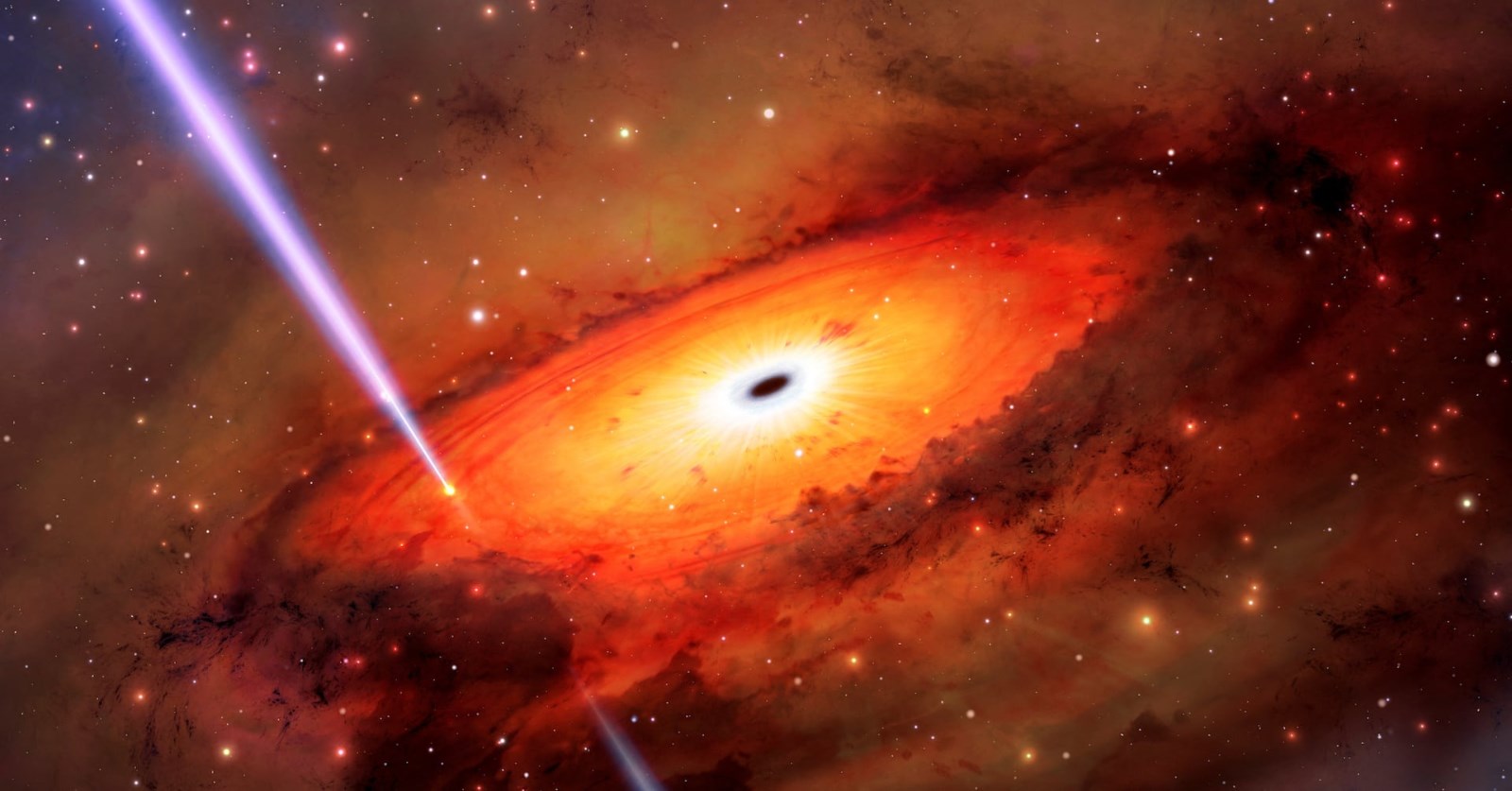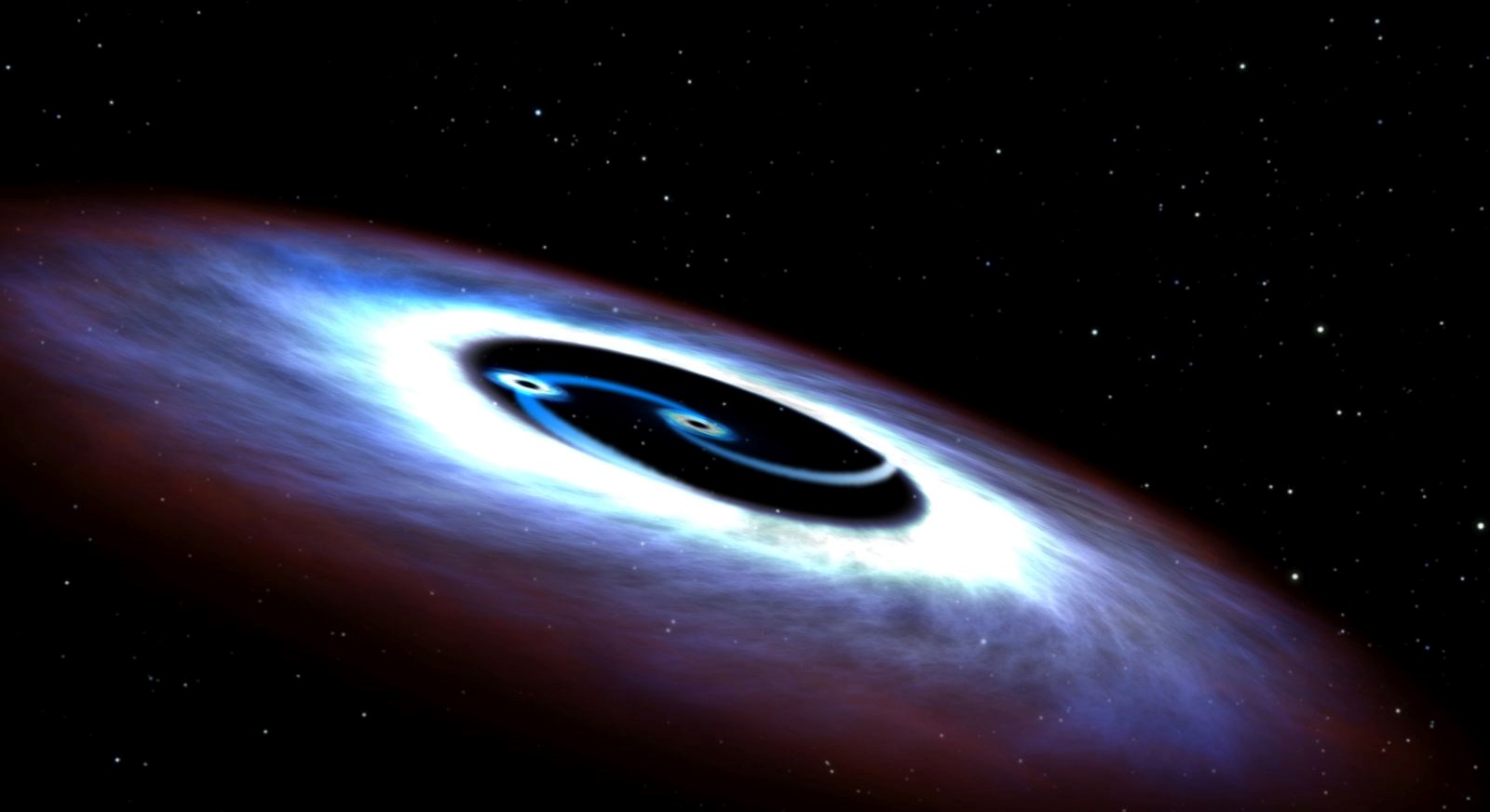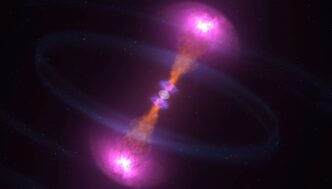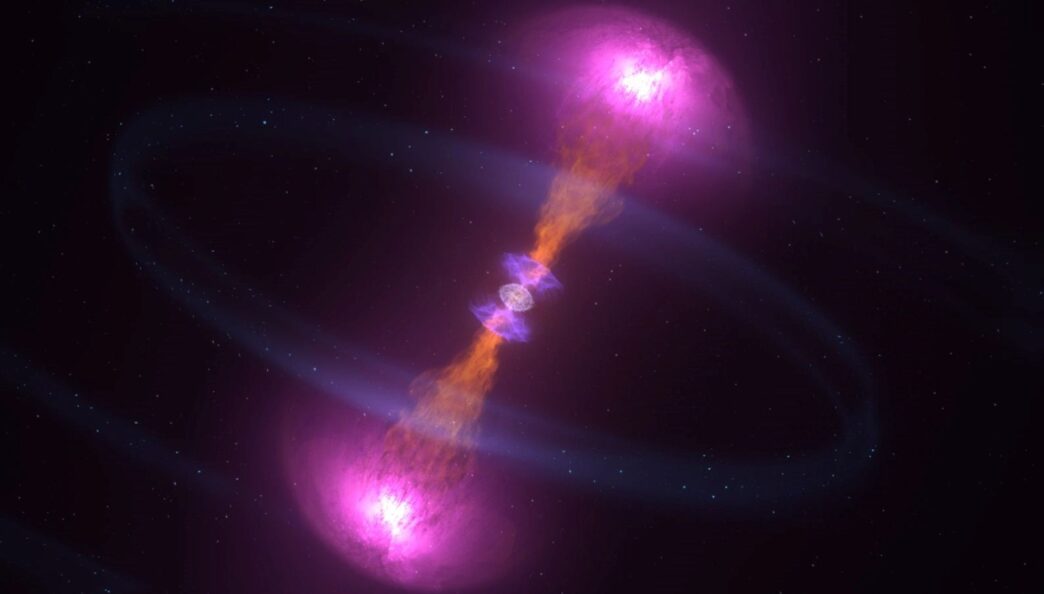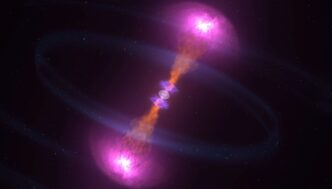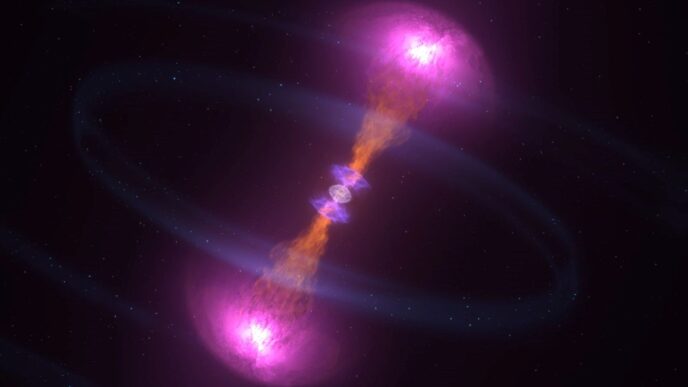Researchers confirmed the PeVatron source at the galactic center by observing ultra-high-energy gamma rays coming from the Milky Way galaxy. The discovery allows the highest physical processes in the universe to be monitored and sheds light on mysteries at the galactic center.
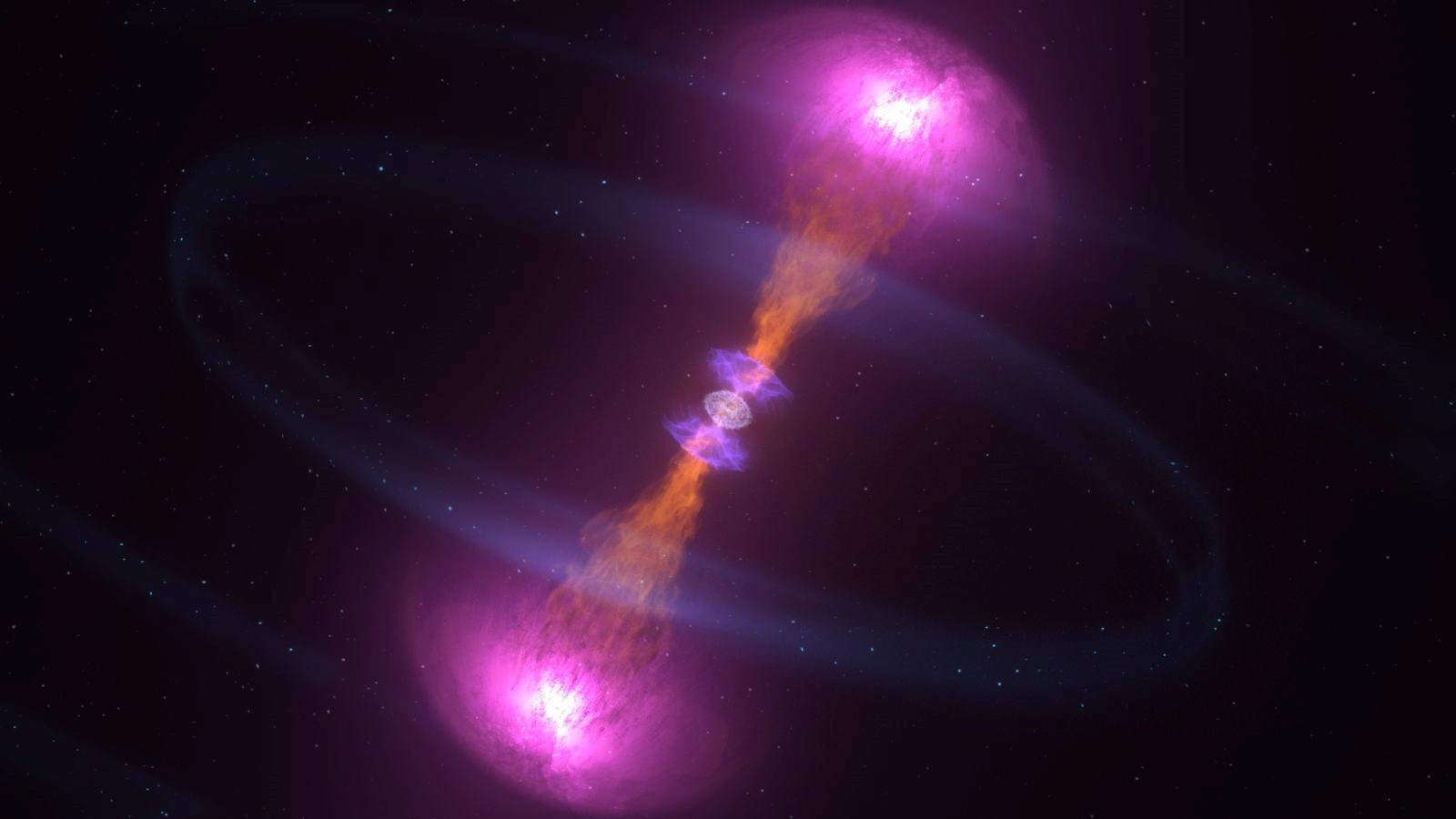
An international team of researchers led by Los Alamos National Laboratory has observed ultra-high-energy gamma rays of more than 100 teraelectron volts, tracing them back to the galactic center for the first time.
“CONFIRMING SOURCE FOR THE FIRST TIME”
“These results are a glimpse into much higher energies than previously seen at the center of the Milky Way,” said Pat Harding, a physicist at Los Alamos and the Department of Energy’s principal investigator on the project. “The research confirms for the first time a PeVatron source of ultra-high-energy gamma rays in a location in the Milky Way known as the Galactic Center Ridge, meaning that the galactic center is home to some of the most extreme physical processes in the universe,” he said.
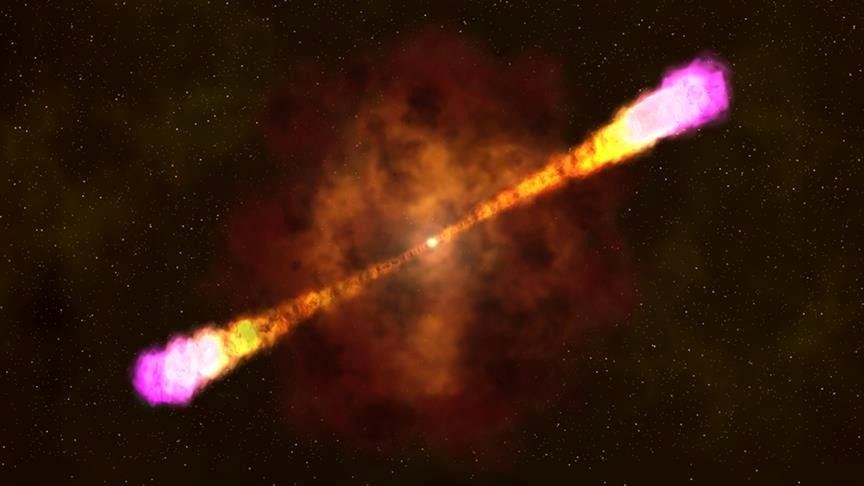
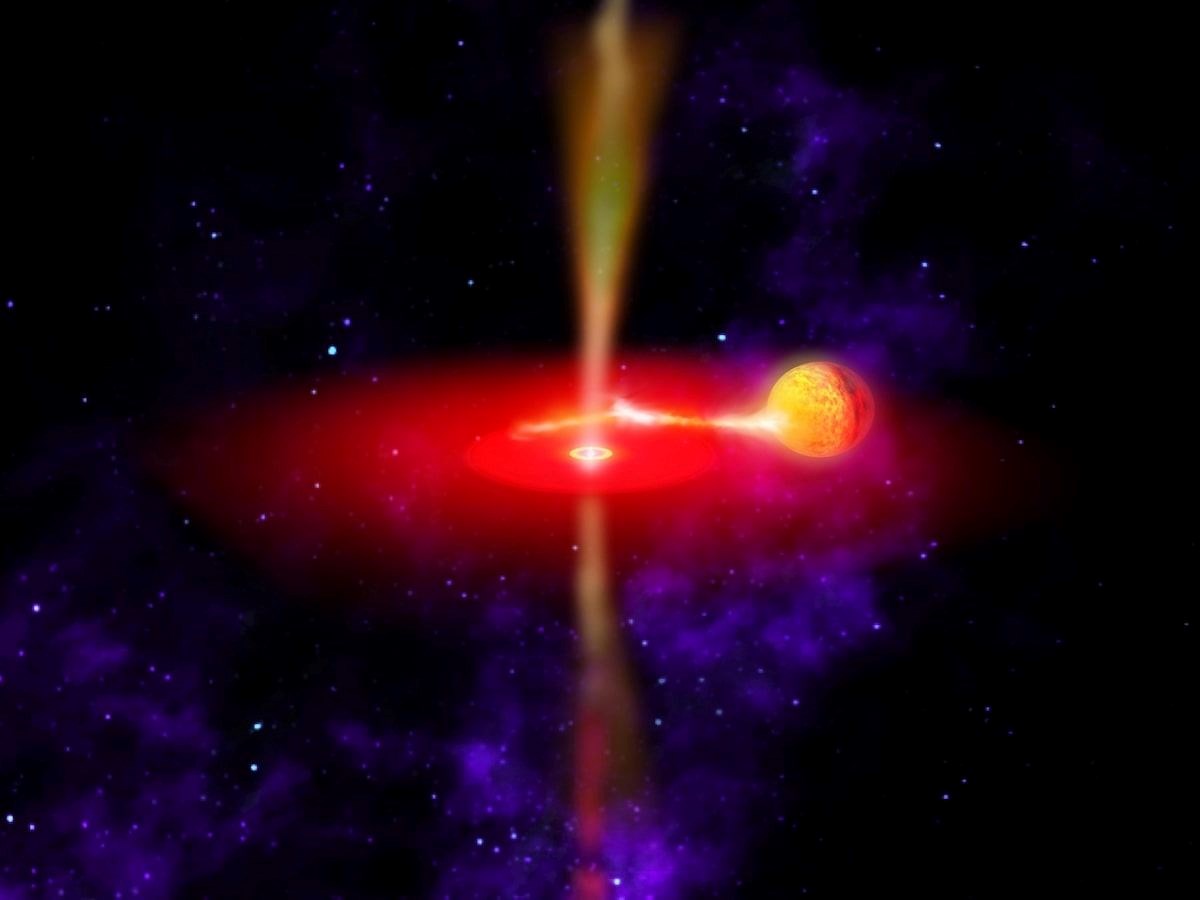
This region of the Milky Way galaxy is known to contain a supermassive black hole surrounded by neutron stars and white dwarfs that are ripping matter from nearby stars.
The region is blanketed by dense clouds of gas that reach temperatures of millions of degrees and tend to block direct optical observation.
Observing gamma rays is therefore critical to elucidating the cosmic processes at work in this extreme environment.
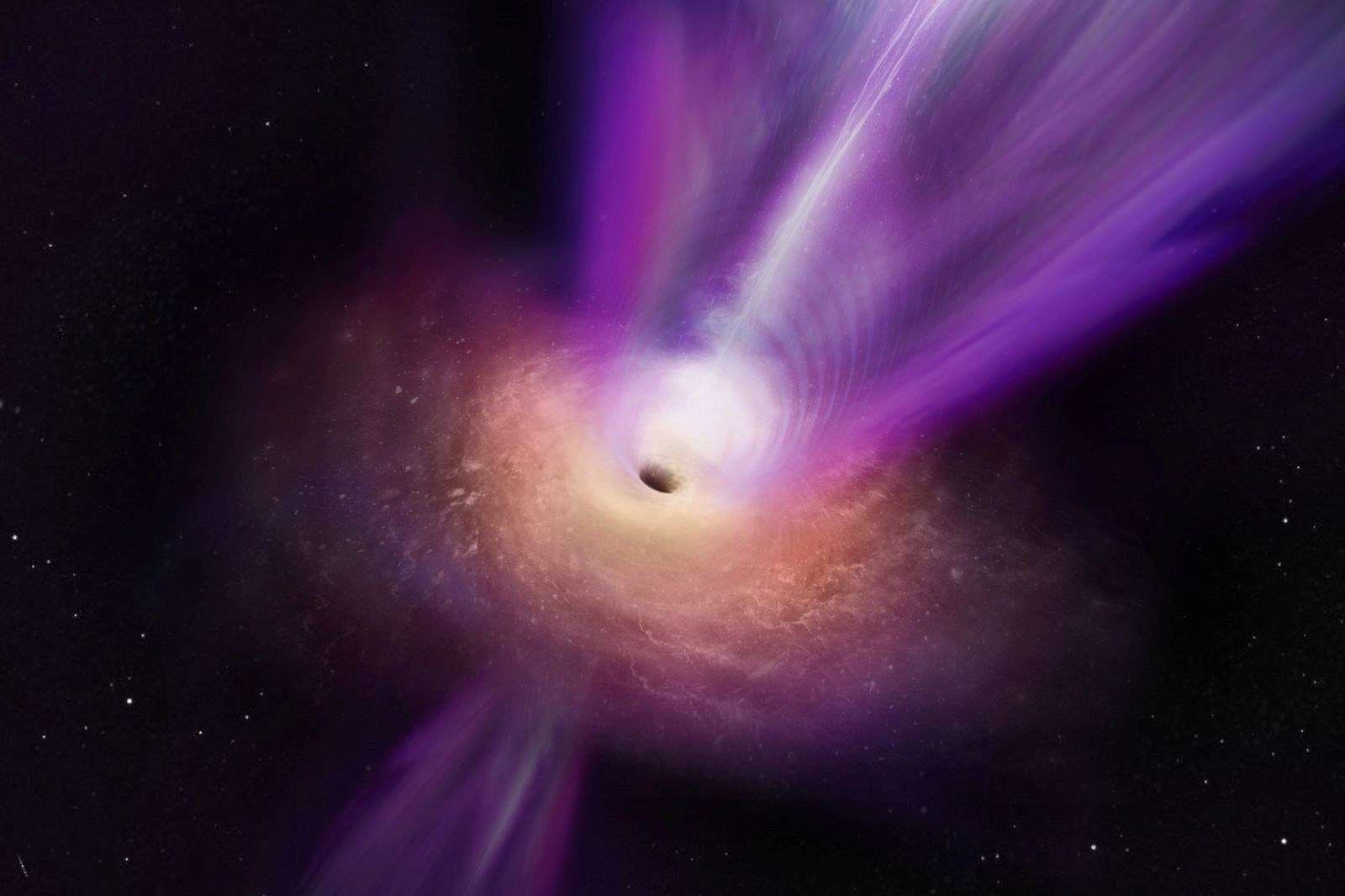
However, the exact nature of the PeVatrons remains a mystery.
